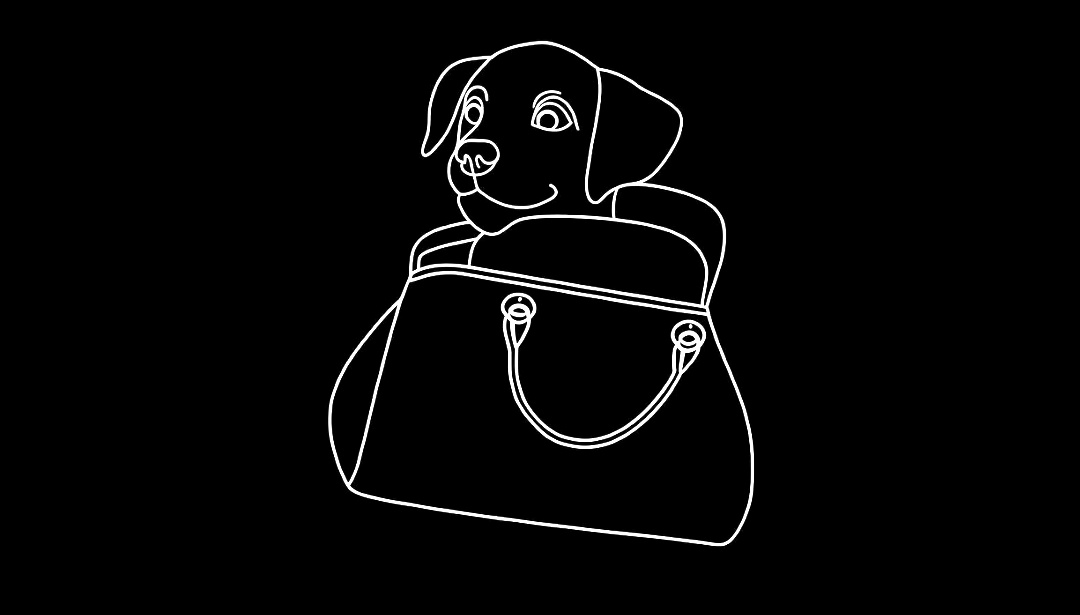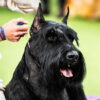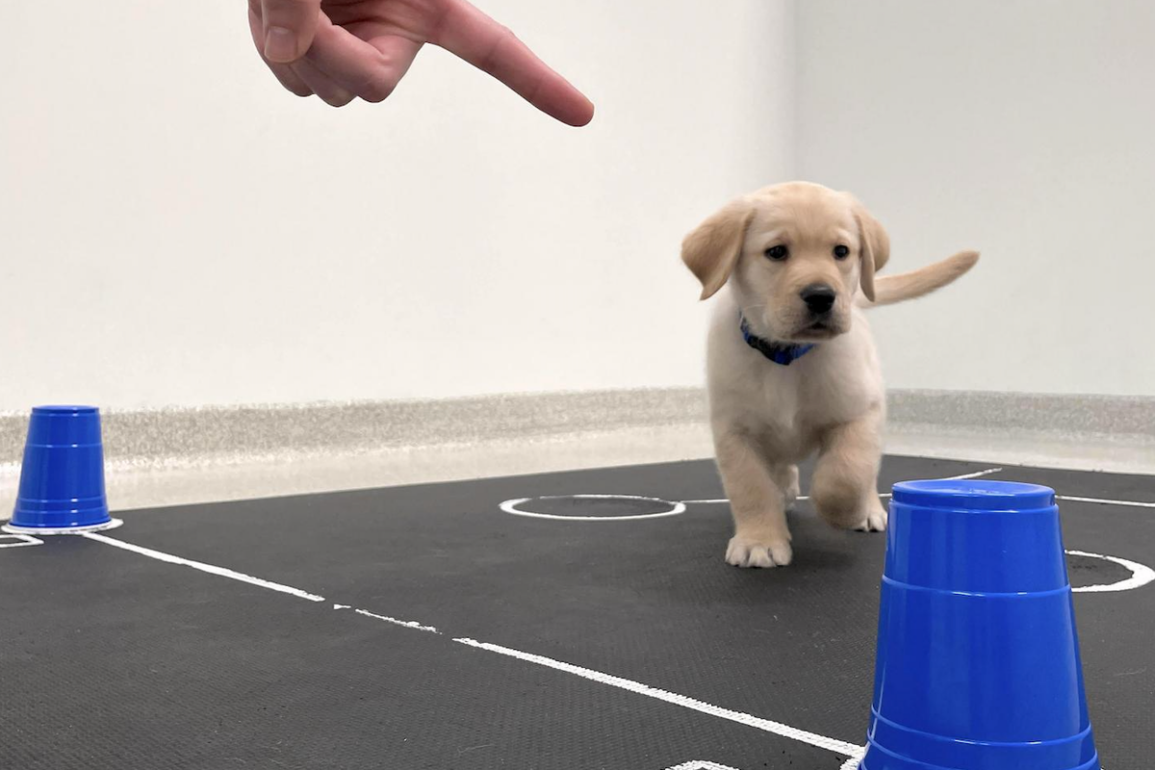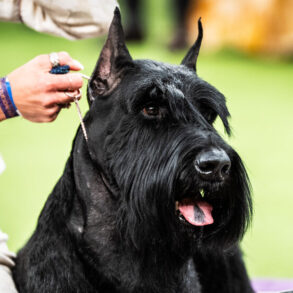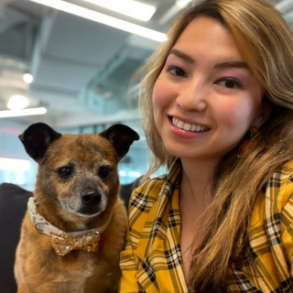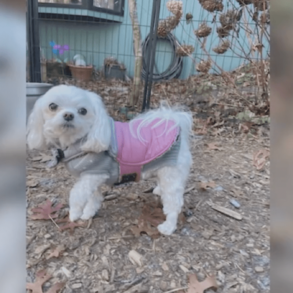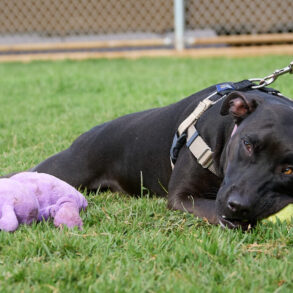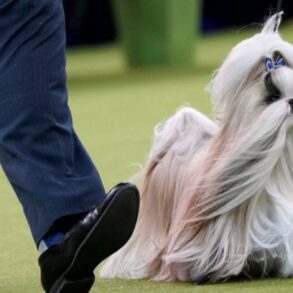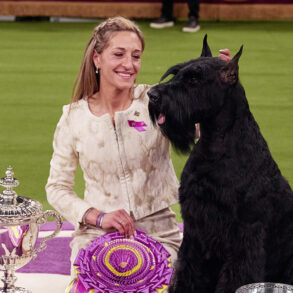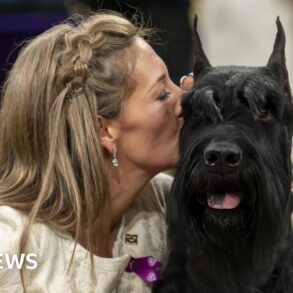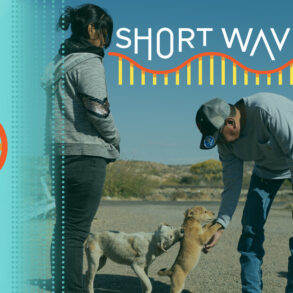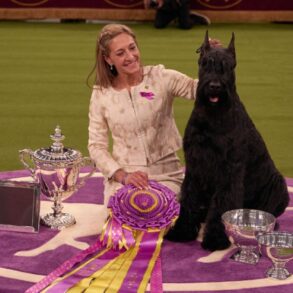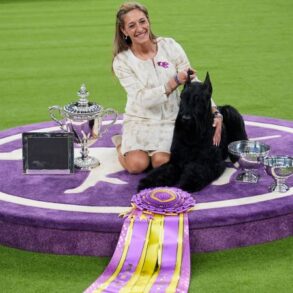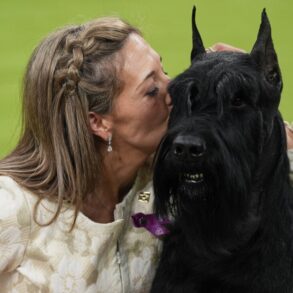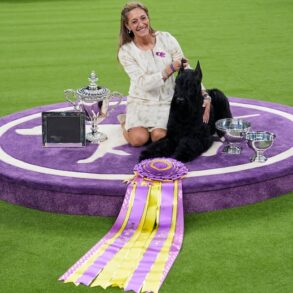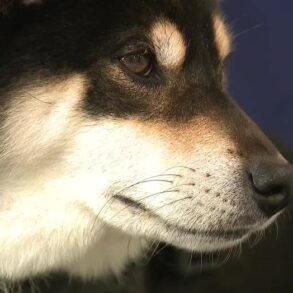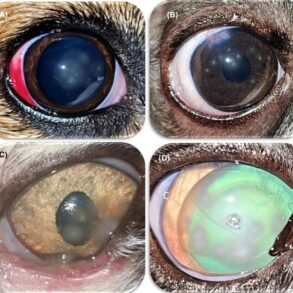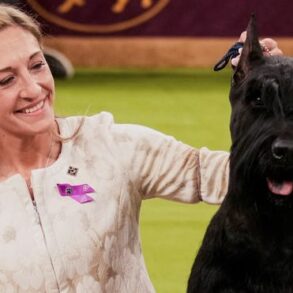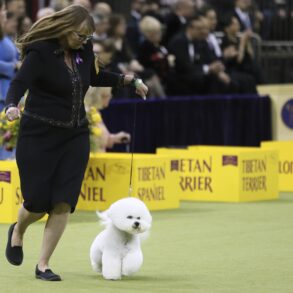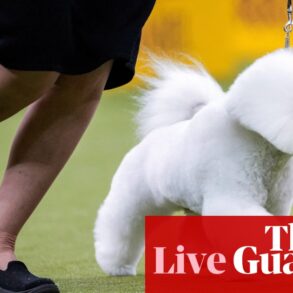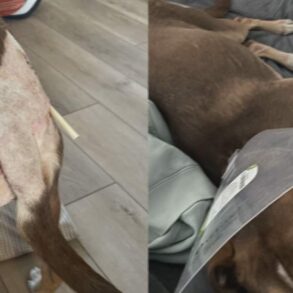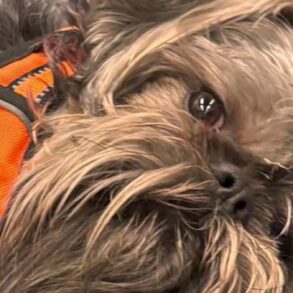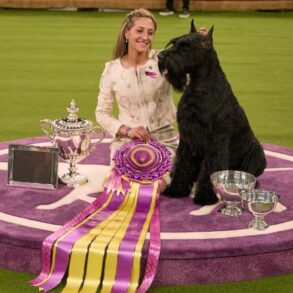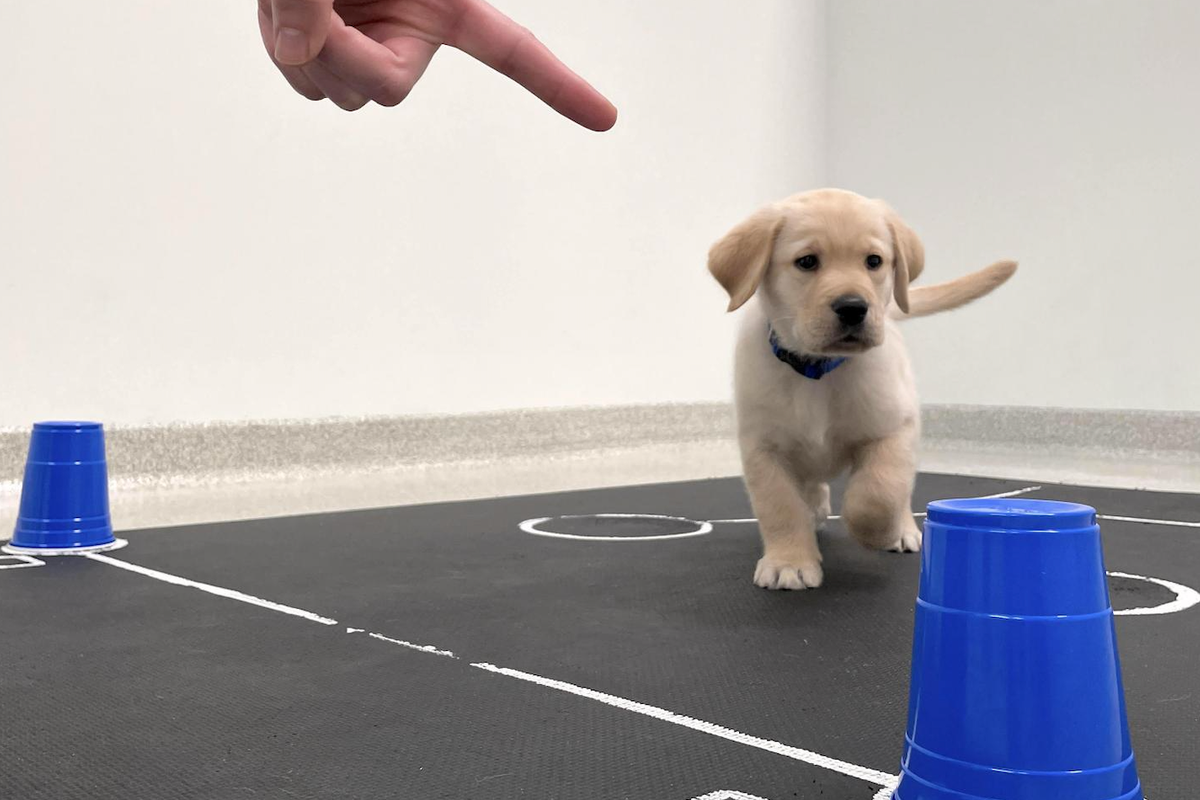
Your support helps us to tell the story
From reproductive rights to climate change to Big Tech, The Independent is on the ground when the story is developing. Whether it’s investigating the financials of Elon Musk’s pro-Trump PAC or producing our latest documentary, ‘The A Word’, which shines a light on the American women fighting for reproductive rights, we know how important it is to parse out the facts from the messaging.
At such a critical moment in US history, we need reporters on the ground. Your donation allows us to keep sending journalists to speak to both sides of the story.
The Independent is trusted by Americans across the entire political spectrum. And unlike many other quality news outlets, we choose not to lock Americans out of our reporting and analysis with paywalls. We believe quality journalism should be available to everyone, paid for by those who can afford it.
Your support makes all the difference.
The best way to get your dog to pay attention to something is to point and stare at it at the same time, scientists find in a new study.
Pointing at a specific object and talking – a trait called referential communication – is an early-developing aspect of human interactions, playing a central role in how babies learn to speak, scientists say.
Among non-human animals, dogs show an inclination to follow such referential communication, but exactly how to engage with the canines in such interactions has been unknown.
For instance, pet owners may struggle to get their dogs to pay attention to things in the surroundings such as a chewed-up pair of slippers, or a gift left on the rug.
Previous studies have suggested that dogs respond to human directional communication either selectively, reflexively, or by gradually understanding their human companion’s intentions to some extent.
In a new study, scientists used mobile eye-tracking to study dogs as they reacted to human communication.
About 20 dogs in the study wore an eye-tracking headgear which recorded their eye movements.
Researchers from Max-Planck-Institute for Evolutionary Anthropology in Germany tracked the gaze of the dogs as their owners tried to get them to pay attention to a hidden food reward using different cues.
The owners used five different approaches in the study, including just pointing, pointing and gazing, only gazing, fake throwing, and just communicating without any action.
Scientists found that gestures alone shifted the dogs’ gaze toward the owner’s hand.
However, when gestures were combined with a directed gaze, the dogs’ attention shifted towards the treat.
The results, published in the journal Proceedings of the Royal Society B, show that a combination of pointing and staring is the most effective way to alert dogs to a hidden treat.
In comparison, a method like fake throwing moved the dogs’ gaze towards an indicated direction, but it did not increase the frequency of gaze shifts to the precise object, scientists say.
“Results demonstrated that the combination of pointing and gazing significantly increased dogs’ attention towards the designated referent,” researchers wrote.
The study also suggests that dogs may maintain longer attention on a referred object when owners both point and gaze at it “significantly above chance levels”.
Scientists suspect that the two different communication signals – gazing and pointing – added up and thereby increase the likelihood of shifting the dogs’ attention.
“It is also possible that the two cues work synergistically, exceeding the sum of their individual effects on dogs’ attention and subsequent choice behaviour,” they say.
“The combination of these cues seems key,” researchers concluded.
This post was originally published on this site be sure to check out more of their content.
